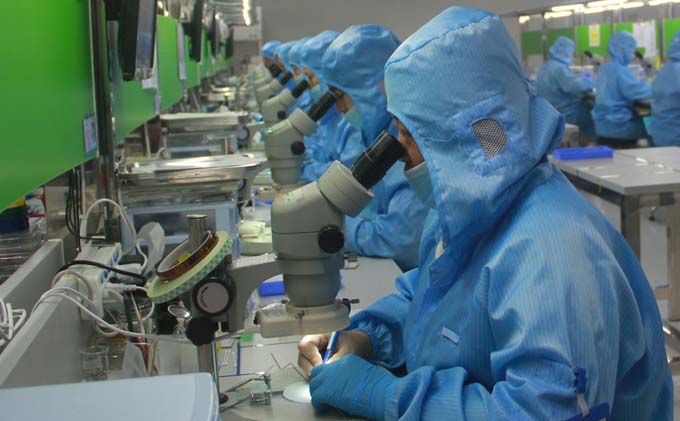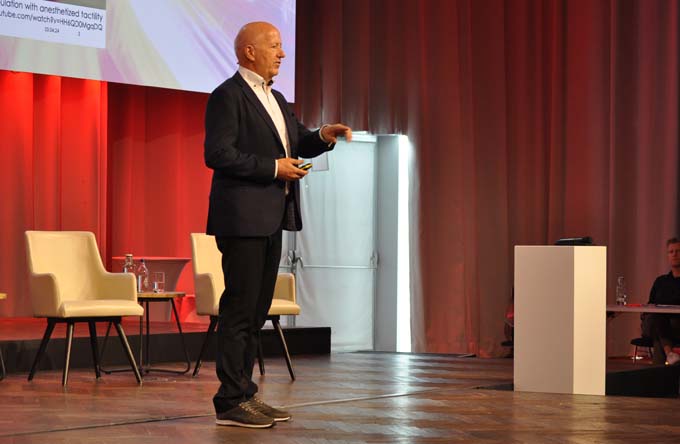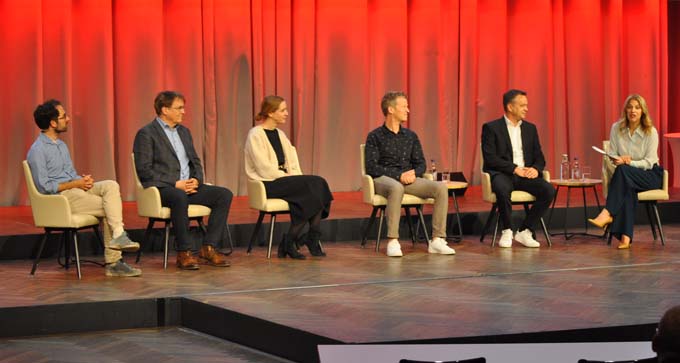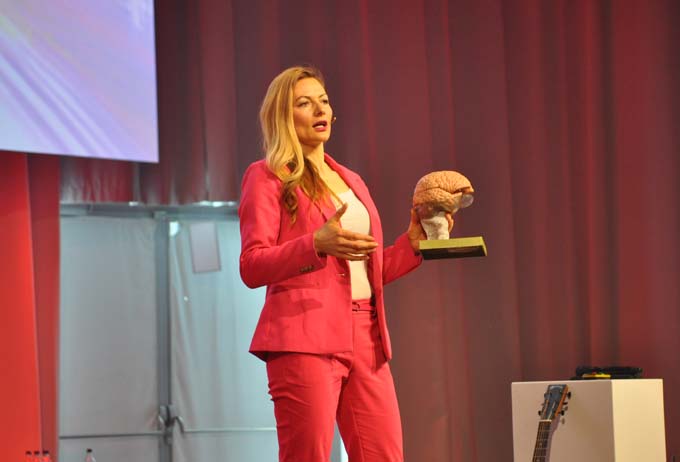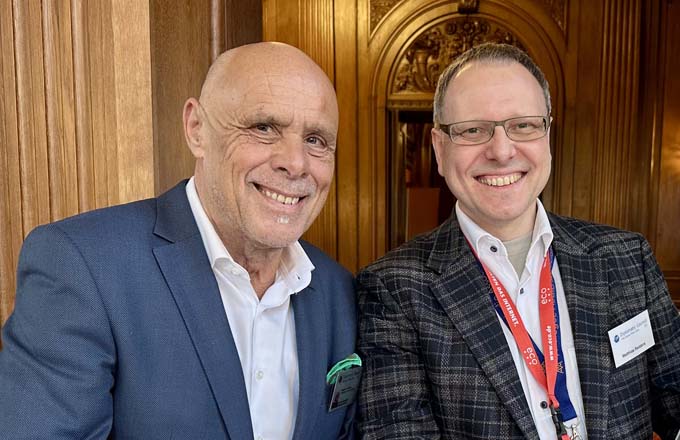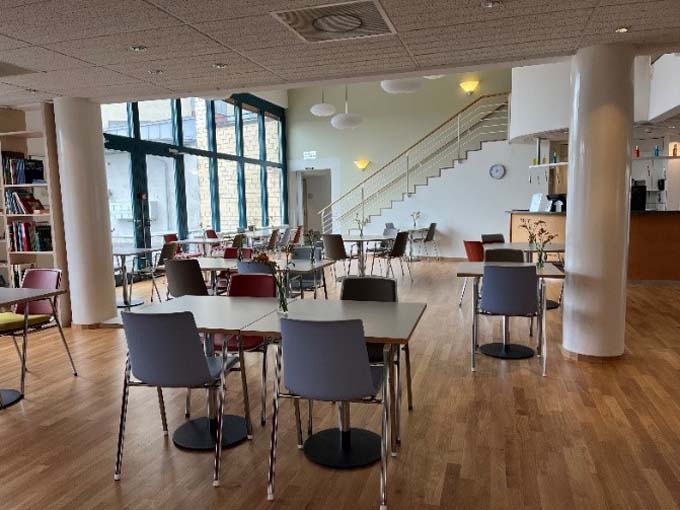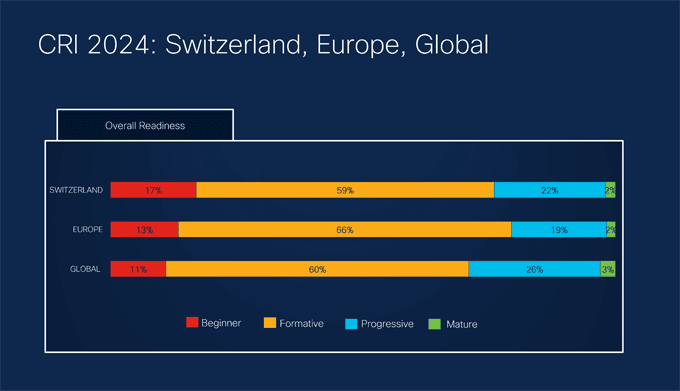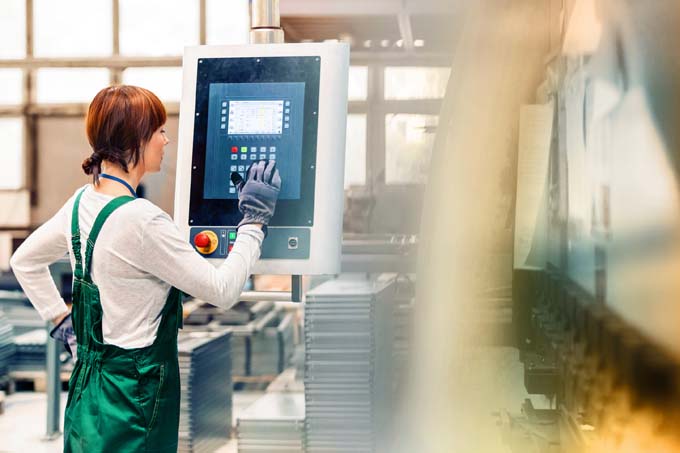How AI and the cloud are shaping the future of quality assurance
The integration of artificial intelligence (AI) and cloud technologies plays a decisive role in the optimization of quality management and the preventive avoidance of errors. We show a few of the most important trends and the added value for users.

The future of quality assurance lies in digitalization. The use of AI automates complex processes, which leads to an increase in the quality of products and services. These developments are particularly important in industry in order to optimize internal processes and ensure customer satisfaction in the long term.
Precise forecasts thanks to AI support
AI technologies enable precise predictions by analyzing large amounts of data and detecting errors at an early stage. This helps companies to continuously improve their quality standards. In quality assurance, AI contributes to error prevention and recognizes patterns that can be used to quickly identify defects and predict possible defects in the end product. These data-based forecasts of product and process quality enable companies to move closer to the goal of predictive quality. With the help of computer-aided monitoring of all parameters, it is possible to identify quality defects along the entire supply chain before they actually occur.
Flexibility and scalability with the help of the cloud
Cloud-based data and document management systems (DMS) are characterized by their flexibility and scalability. New partners can easily join the quality processes along the supply chain at any time without any installation effort. The resulting shared data environment links all quality-relevant information in a "single source of truth". This ensures that everyone involved throughout the company is always working with the latest version. A smart roles and rights system ensures that only authorized persons have access to sensitive data. Regulated communication and a transparent exchange of information are the basis for companies to continuously improve their quality management by using intelligent systems such as Computer-Aided Quality (CAQ) or Predictive Quality.
Usability as a success factor for quality assurance
Companies are increasingly relying on mobile devices and virtual or augmented reality technologies to optimize workflows in quality management. Deviations can be recorded directly on the store floor using a mobile device or VR/AR device and provided with additional information. An AI assistant in the 8D problem-solving method helps, for example, to take appropriate immediate and preventive measures or to put together the optimal team for troubleshooting. The necessary measures are automatically assigned and implemented via digital workflows in the DMS.
Optimize quality processes with low-code
Low-code and no-code functions enable specialist departments to adapt and optimize business processes and input masks independently. A graphical BPMN 2.0 editor (Business Process Modeling Notation) and a form designer enable employees to react independently to new requirements without programming knowledge and solve them without delay.
"Many companies already have several highly specialized software products in use for different areas of quality management. However, these isolated solutions can rarely be linked. This sometimes results in media disruptions and blind spots in the view of quality," explains Andreas Dangl, Managing Director of Fabasoft Approve. "With our fully-fledged data and document management system, we design quality management end-to-end along the entire value chain. Thanks to our native cloud technology, existing IT infrastructure can be easily connected via standard interfaces. The use of AI creates a 360-degree view of quality."
Source and further information: Fabasoft Approve









